Nell'acqua
Extraits

France
Saône, Rhône. Méditerranée / Mediterranean / Mittelmeer
03/2024

Non classé
Read Ancient African scripts from any current African language. Volume 2
05/2020
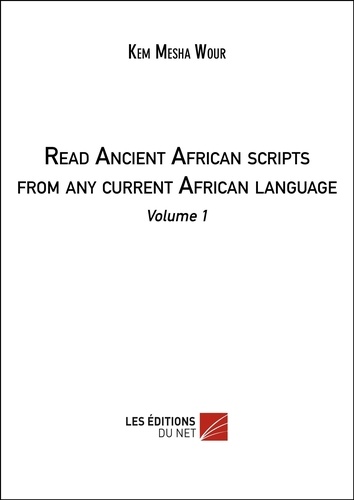
Non classé
Read Ancient African scripts from any current African language. Volume 1
05/2020

Histoire de France
CRASH IN BAYEUX - The Last Flight of Sergeant Ferguson
09/2014
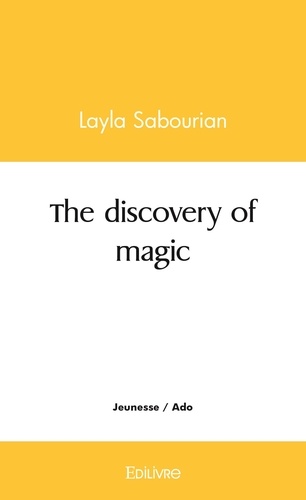
Livres 0-3 ans
The discovery of magic
09/2021
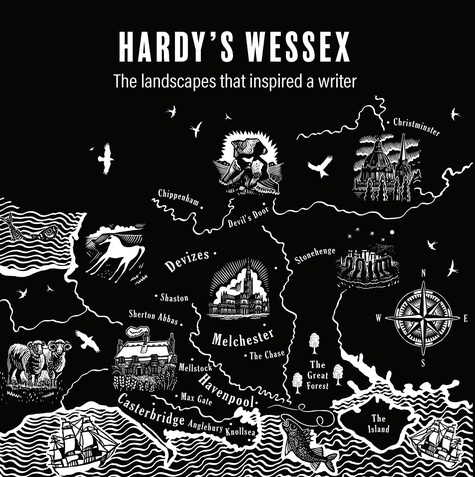
Monographies
Hardy's Wessex. The landscapes that inspired a writer
06/2022

Musique, danse
Please Kill Me. L'histoire non censurée du punk racontée par ses acteurs
09/2020

Critique littéraire
L'atelier du roman N° 40, Décembre 2004 : Jacques Audiberti. Par le feu et par le rire
12/2004
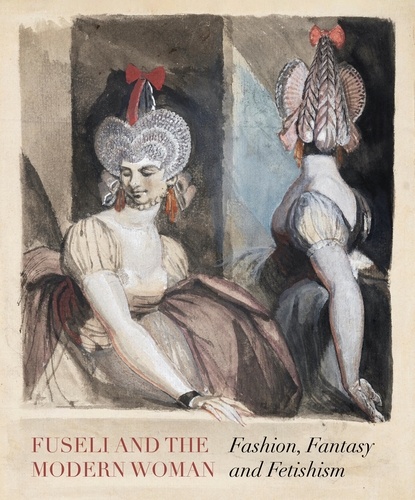
Monographies
Fuseli and the Modern Woman. Fashion, Fantasy, Fetishism
12/2022
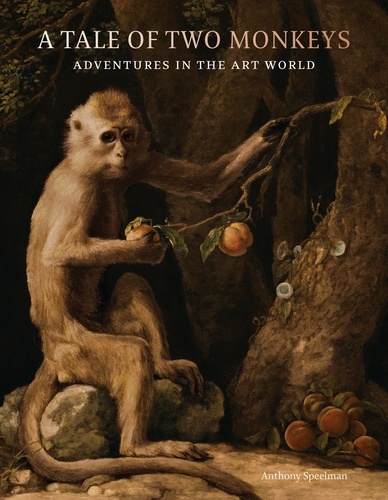
Monographies
A Tale of Two Monkeys. Adventures in the Art World
12/2022
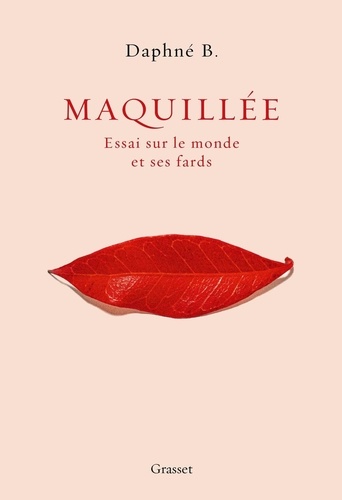
Littérature française
Maquillée. Essai sur le monde et ses fards
09/2021
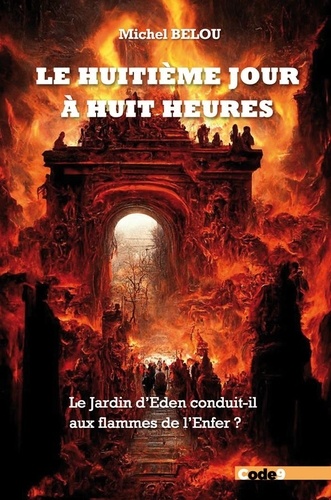
Histoire de l'Eglise
De l'Eden aux flammes de l'Enfer. Le jardin d'Eden conduit-il aux flammes de l'Enfer?
12/2078
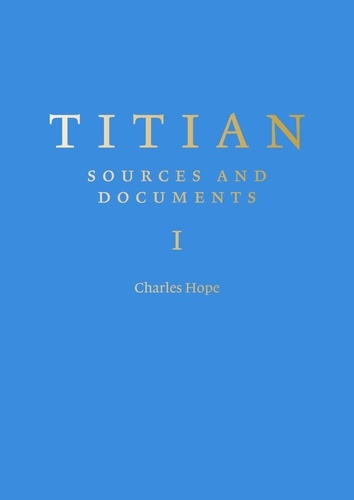
Monographies
Titian : Sources and Documents
04/2023
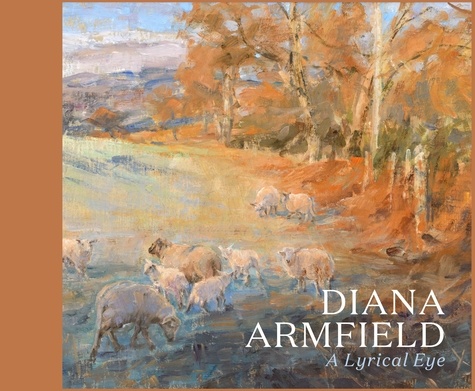
Monographies
Diana Armfield. A Lyrical Eye
06/2021
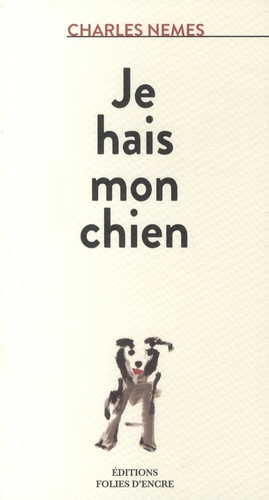
Littérature française
Je hais mon chien
10/2023

Récits de voyage
La ballade de blue marine. Dix ans autour du monde en voilier
06/2021

Sciences de la terre et de la
Cuckoos, Cowbirds and Other Cheats
04/2000
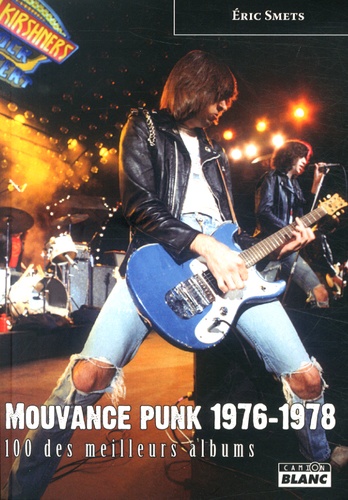
Musique, danse
Mouvance punk 1976-1978. 100 des meilleurs albums
09/2014
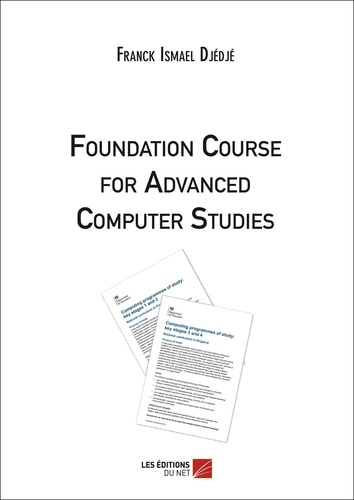
Informatique
Foundation Course for Advanced Computer Studies
11/2015

Livres 3 ans et +
Lune chérie. 20 juillet-20 juillet 2019
04/2019
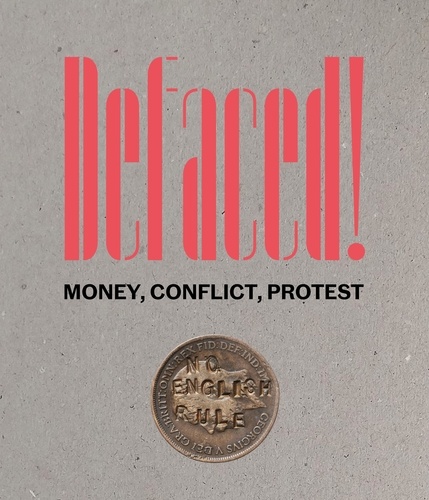
Monographies
Defaced! Money, Conflict, Protest
12/2022
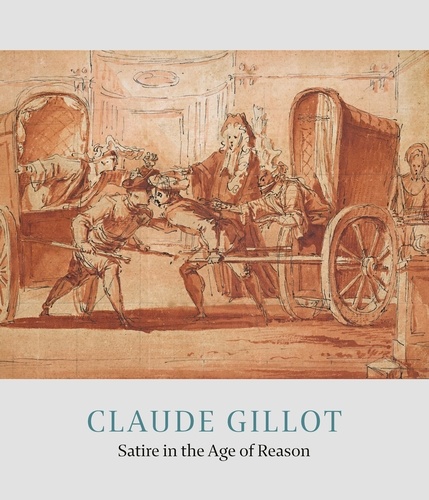
Monographies
Claude Gillot. Satire in the Age of Reason
03/2023
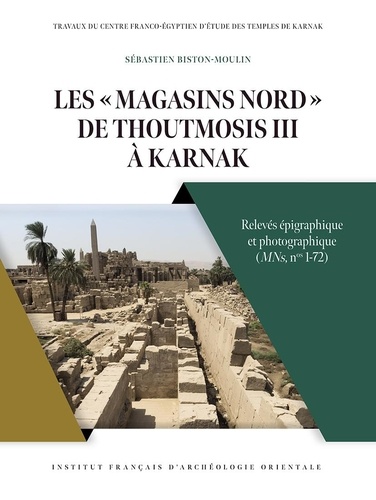
Egypte
Les "Magasins nord" de Thoutmosis III à Karnak. Relevés épigraphique et photographique (MNs, n° 1-72)
02/2024
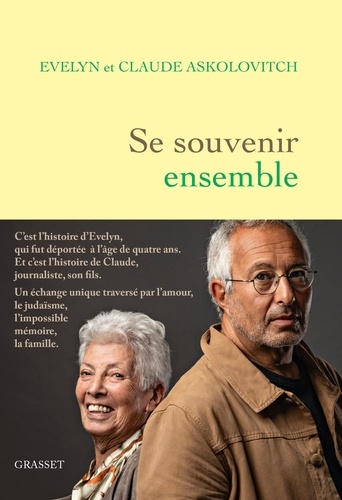
témoignages personnels
Se souvenir ensemble
10/2023
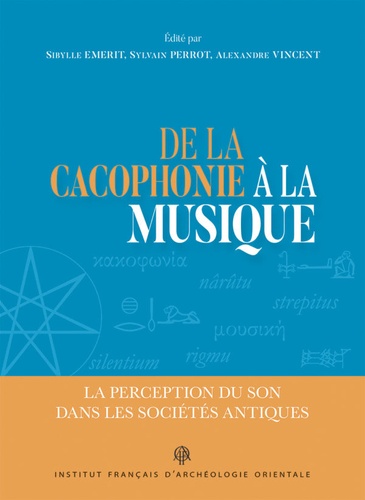
Histoire antique
De la cacophonie à la musique. La perception du son dans les sociétés antiques
11/2022
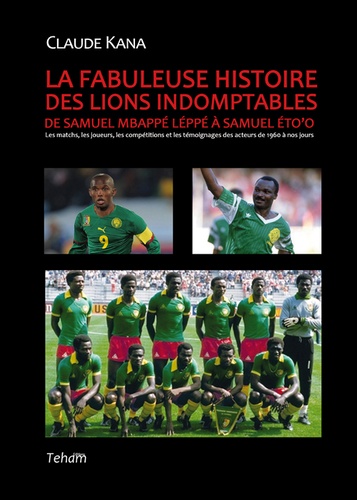
Sports
La fabuleuse histoire des lions indomptables. De Samuel Mbappé Léppé à Samuel Eto'o
05/2014
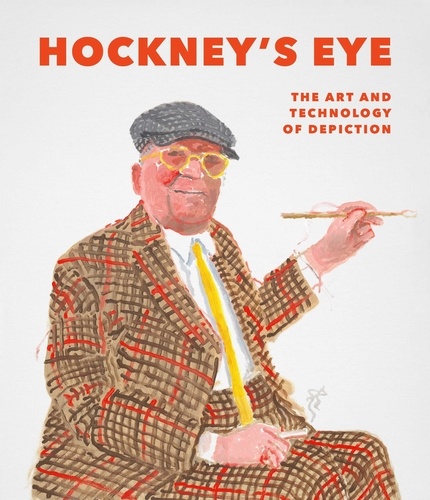
Mouvements artistiques
Hockney's Eye. The Art and Technology of Depiction
04/2022
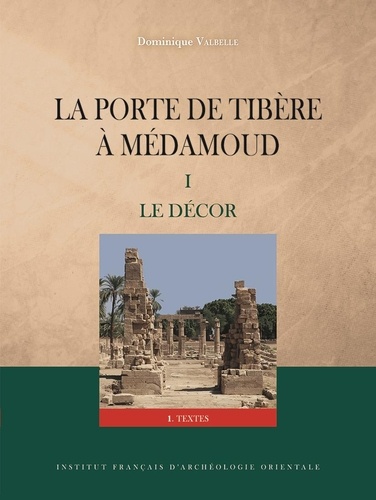
Archéologie
La porte de Tibère à Médamoud. Tome 1, Le décor
02/2024
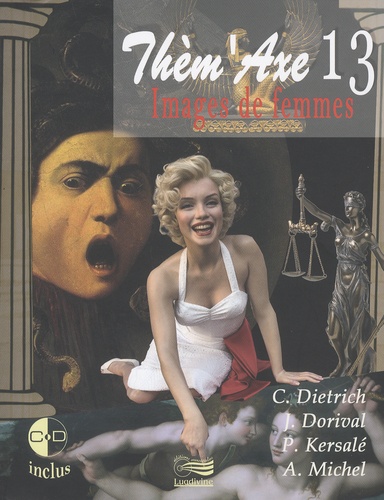
Musique, danse
Images de femmes. Avec 1 CD audio
02/2016

Comics
Avengers : Etat de siège
02/2020

